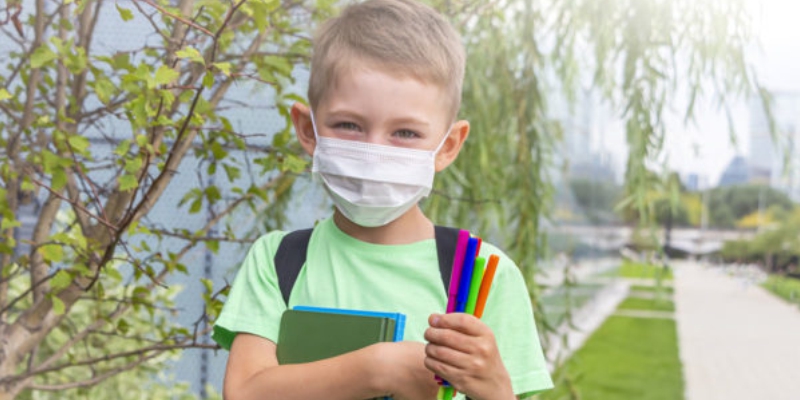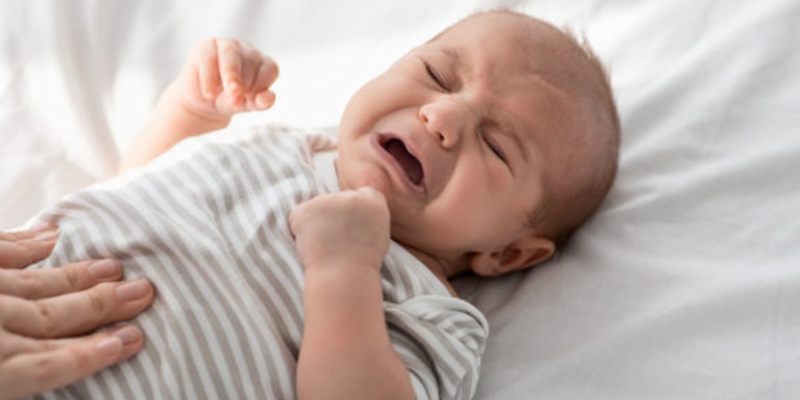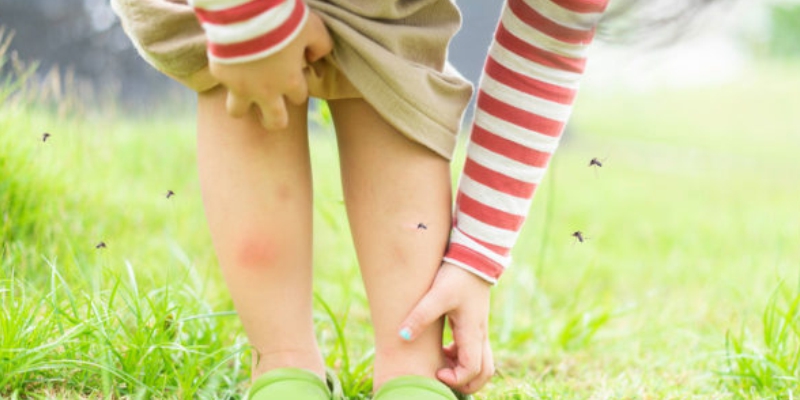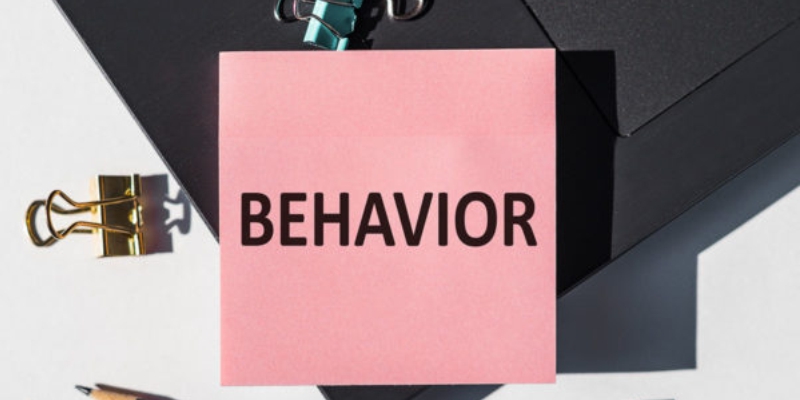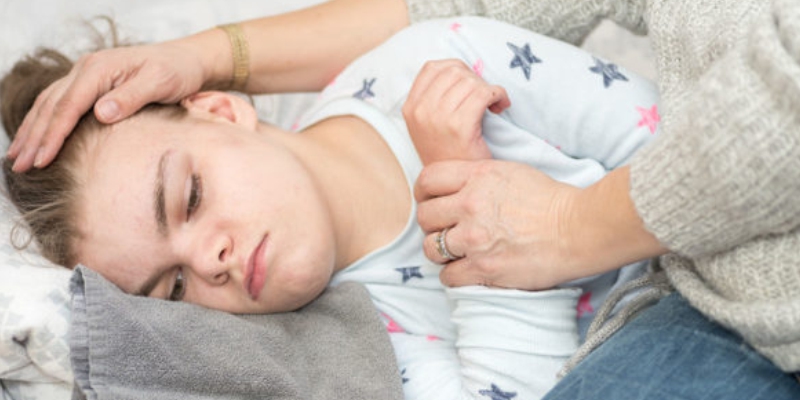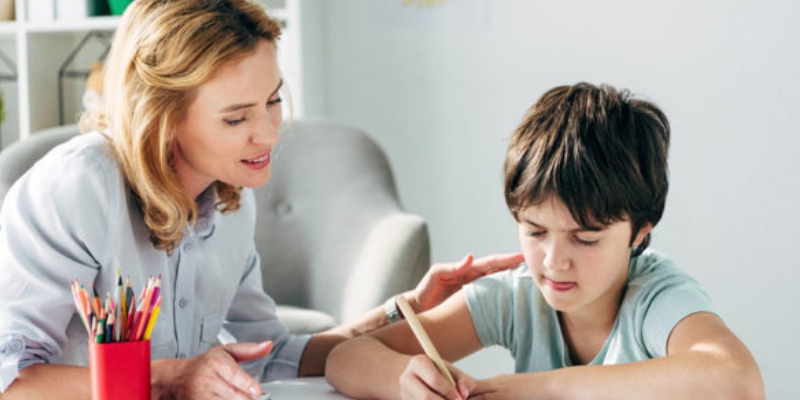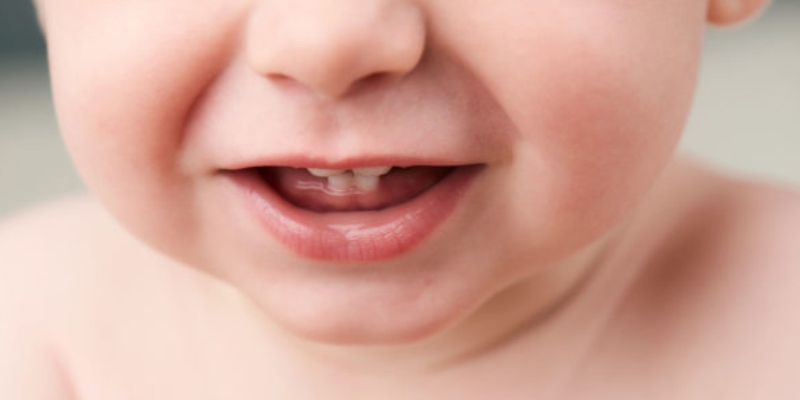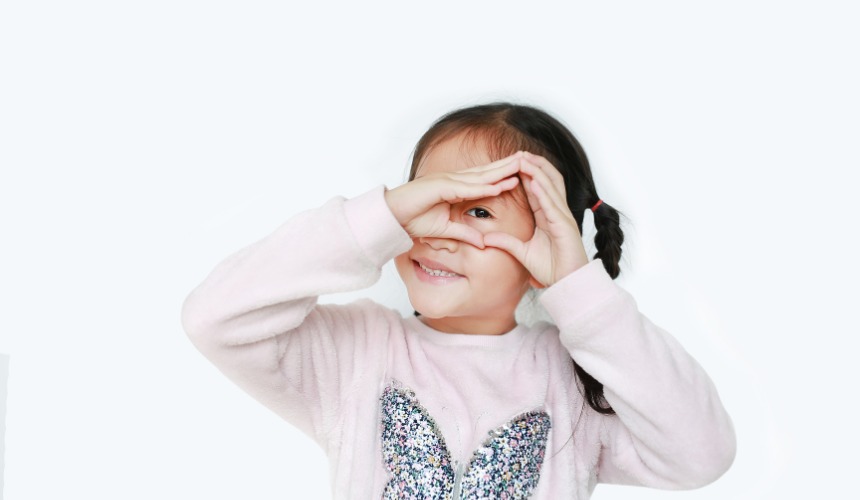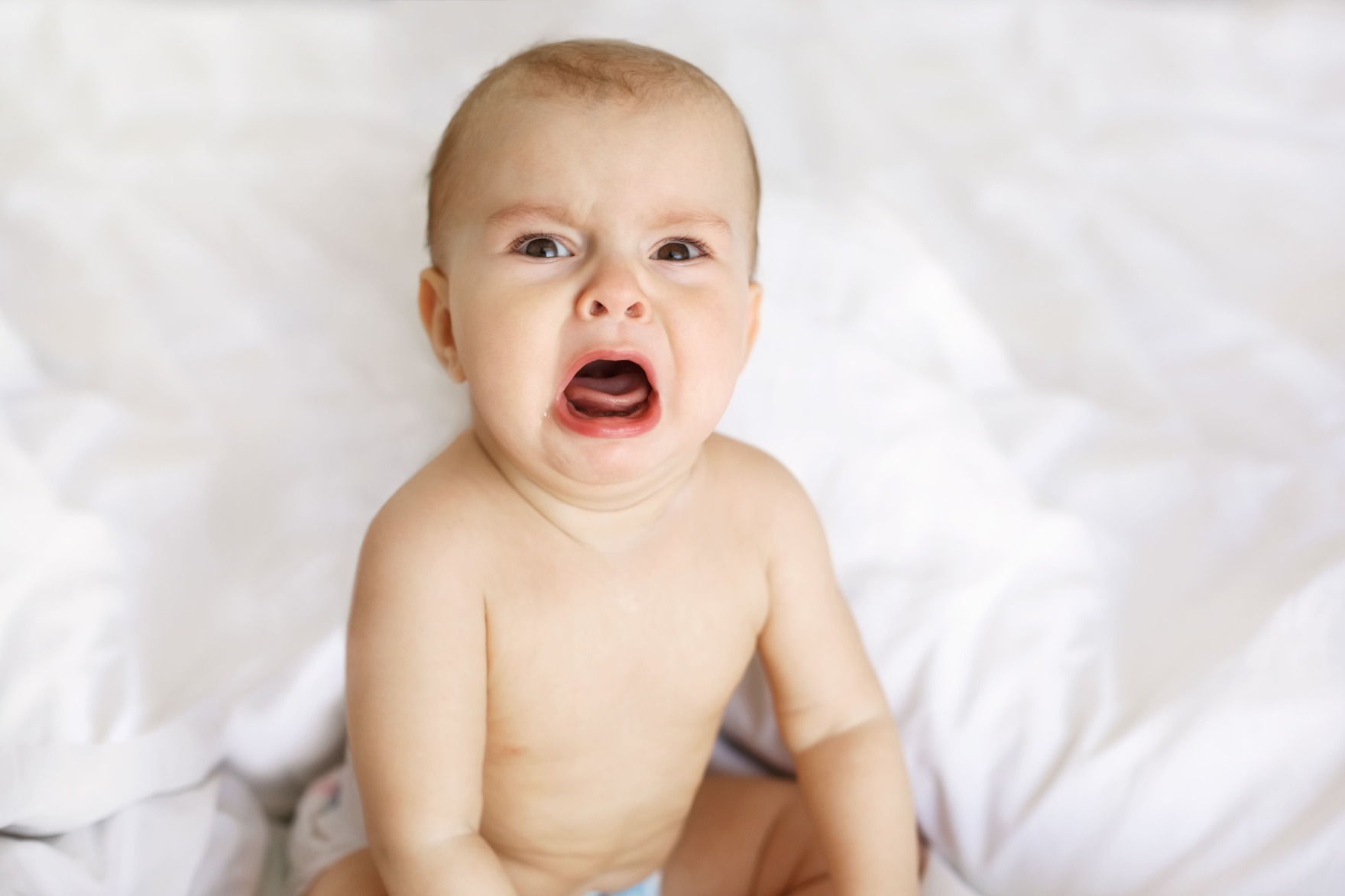Author – Dr. Neeraj Kumar, MBBS, DCH, MD
Consultant – Paediatrician at Motherhood Chaitanya Hospital, Chandigarh
Tips for Keeping Your Children Healthy
Kids are more susceptible to infections since they play in the playground or are exposed to other kids at school. Hence, keeping the immune system of your kid strong is the only way to minimize risks. Dr Neeraj Kumar, MBBS, DCH, MD, Consultant-Paediatrician, therefore, gives a few handy tips to keep your child’s immune system strong and healthy.
Tips for Keeping Your Children Healthy
Here are a few tips by the best paediatric doctor in Chandigarh:
1. Get Adequate Sleep:
A consistent bedtime routine is important to safeguard your child’s health. A paediatrician in Chandigarh suggests an adequate sleep of nine to eleven hours for children through sixth grade. The sleep quality of your child directly impacts their behaviour, eating habits, and ability to ward off infections. On the other hand, lack of sleep can make them crave junk, cranky, and increased risk of infections.
2. Daily Exercise:
According to Dr. Neeraj Kumar, at least 60 minutes of exercise a day is enough to help your child:
a. Sleep better.
b. Improve performance at school.
c. Improve their behaviour.
d. Improve overall health.
e. Manage stress better.
3. Reduce Their Screen Time:
Of late, children are seen spending more time on screen. We should avoid screen time in Children less than two years of age in school going children. Any screen time not associated with homework should be limited to only two hours a day or less. This applies to smartphones, tablets, video games, televisions, and computers. The best paediatric doctor in Chandigarh tells us that the light emitted from screens can reduce the melatonin levels making them difficult to fall asleep.
4. Practice Healthy Eating Habits:
Promote the health of your child with a nutritious breakfast, lunch, and dinner followed by adequate hydration throughout the day.
- Make sure that their breakfast includes whole grains, dairy, and protein to give them enough energy throughout the day.
- The lunch should include whole grains, fruits, lean meats, and vegetables.
- Make sure that you eat at least one meal together. Mealtimes with family promote their overall health and well-being.
- Promote healthy drink choices in them including water or milk.
5. Wash Hands Frequently:
A paediatrician in Chandigarh suggests washing hands for at least 20 seconds. Make sure that you inculcate the habit of hand sanitiser when hand washing isn’t possible. Teach them to keep their hands away from their face and to cough or sneeze into their arm or shoulder.
6. Promote Backpack Safety:
Heavy backpacks result in neck, shoulder, and back pain. Buy them a good backpack that has two straps and a cushioned padding. The backpack of your child should not weigh more than 10% of their body weight.
7. Teach Them Masking:
Whether COVID-19 is over or not, children prone to infections including flu or cold, or children over the age of 2, should wear masks in school. This prevents respiratory infections from spreading.
8. Stay Updated on Immunizations:
Make sure that your children are not missing out on their immunizations. Contact the best paediatric doctor in Chandigarh to create a vaccination plan for your child. Make sure that you stick to the routine and provide them with the required vaccine shot. It is normal for parents to worry about the health of their child. Your child’s health must do more with their routine than anything else. Teach them the right hygiene and stick to the immunization plan to safeguard them from potential infections. For expert advice and guidance, visit Dr Neeraj Kumar at the Motherhood Hospitals.
At Motherhood Hospitals, we have a team of experienced specialists backed by the latest infrastructure and facilities. We have the best PaediatricIan in Chandigarh.
Do take an appointment with the best Paediatrician in Chandigarh at a centre closest to you. Meet with our doctors who will carry out the required investigations, diagnose the issue and recommend the most appropriate treatment, enabling you to lead an active life.
If you wish to get in touch with Dr. Neeraj Kumar, please book your appointment here.


 Toll Free Number
Toll Free Number



